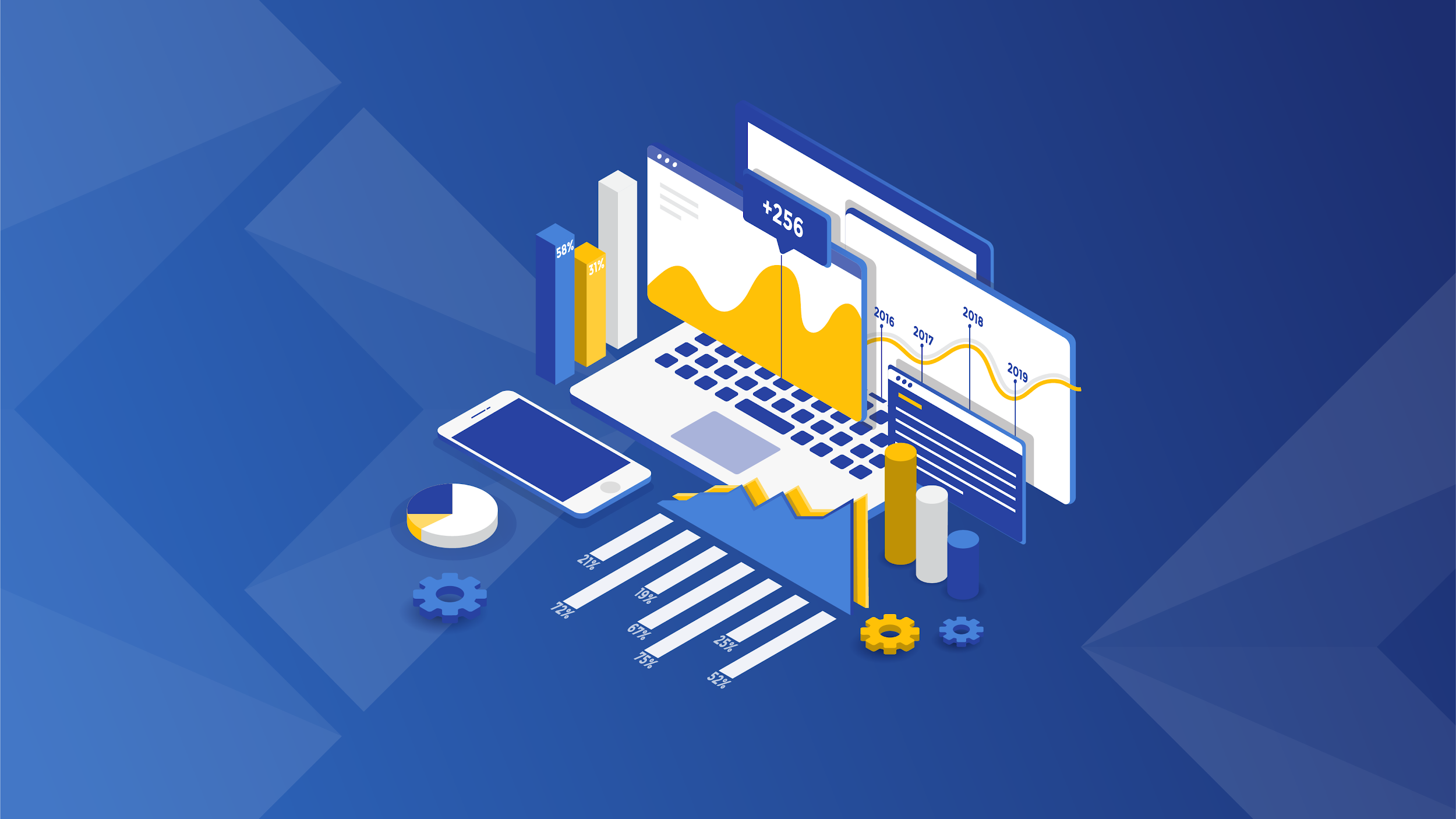Self-Service Business Intelligence Solutions: Potential and Requirements
Most business intelligence solutions will be self-service by 2020, according to a report by Gartner. For now, only 55% of the BI survey respondents rely on self-service BI tools, while 15% plan to adopt them within 12 months and 10% are considering adoption in the long-term. What is self-service business intelligence and why is it gaining ground, pushing out traditional analytical suites and spreadsheet processors alike?
Breed Analytical Competitors Through Self-Service BI Tools
The market is oversaturated with suppliers and manufacturers that can’t compete on the quality or price of products. However, there is a way to get ahead of the pack using sophisticated data analytics tools to wring as much data from every business process and interaction to answer the crucial questions of:
- What do the customers want?
- How much are they willing to pay for that?
- What makes them loyal to a particular brand?
In his book Competing on Analytics, Thomas Davenport developed an Analytical Maturity model that takes businesses through five stages from being Analytically Impaired to Analytical Competitors. However, the process requires extreme changes in corporate philosophy of storing, gathering, and producing data, its analysis and the talent required to derive actionable conclusions.
Analytical competitors rely on a relentless search for new data and metrics, manage critical analytical resources through a leadership passionate about data insights and talented business intelligence analysts. These companies collect and analyze data to support their business strategy long-term and short-term goals. Getting to this level is not an easy task, but self-service business intelligence tools can be a quick and efficient way to start.
Consider the Needs of Business Intelligence Software Users
Self-service business intelligence is a broad term. We’ll use it in the context of analytical software solutions that enable end users to access and operate corporate data without background knowledge and experience in data science, statistics, and business intelligence. However, within every organization, there are users of different experience levels that possess a variety of requirements.
Typical user roles include:
- Casual users. They make up to 70% of the self-service BI software users. Casual users do not possess in-depth knowledge of statistical methods, and their needs are straightforward. They rely on BI tools to view and navigate data. Default dashboards, visualization and reporting tools meet all their requirements, and the more intuitive the interface is, the more casual users the software can attract.
- Advanced users. They make up 20% to 25% of the user base at most organizations. Advanced users know how to use analytical tools to their fullest and require adaptability and flexibility to do so. They need an option of adapting existing dashboards, business reports, widgets, and other tools. Some prefer to create new ones from scratch to view, navigate, and analyze the data.
- Business analysts. They rarely make up over 5% of the company’s user base. Business intelligence specialists possess a strong analytical background and have specific needs for the BI solution’s feature set and flexibility. Besides viewing, navigating, and analyzing the data, they can also modify it and create new data models.

When developing self-service BI tools, you should acknowledge the demands of these three layers of users and establish a clear and flexible access level hierarchy with varying features and access rights. You can choose to cater to one specific category of users, but be aware, that most businesses would not be willing to pay for a set of default reports and dashboards without editing rights.
Give Your Self-Service Business Intelligence an Edge
Most companies equate self-service BI to analytical self-sufficiency. However, only ongoing maintenance and training ensure the system stays operational in the long run. This opens a window of opportunity for BI startups to offer additional value to their clients and stand out from the crowd. Three aspects of BI integration and maintenance that show the most promise include:
- Training. The most user-friendly and intuitive interface will not turn casual BI users into professional data scientists. You get a chance to educate end users on how to use the software and how to analyze the data, how to present it and craft a compelling story for other team members, customers, and senior management.
- Community. The development and maintenance team cannot always support hundreds of self-service BI users efficiently and this can become a bottleneck. Instead of adding new members to the maintenance team, creating a thriving user community can solve the problem. With customers supporting each other, asking and answering questions, sharing the experience via a forum or any other platform, you get a stream of feedback and free up the team to work on further improving the software.
- Governance. Without proper control measures in place to regulate the self-service BI solution and ensure it meets the corporate and legislative requirements, the project will turn into a mess. Regular maintenance, compliance checks, and access privilege audits are all vital to ensure the system uses accurate and reliable data and produces relevant and actionable insights for businesses to implement.
Self-service business intelligence is a step in the right direction for data democratization and providing end users with independence to review, analyze and modify the data with flexibility and agility. Without the need to invest in data science and statistical talent, self-service BI is the most cost-effective solution for startups, small and medium businesses. If you decide to join the race, gain an edge over every other BI developer on the market by keeping different user requirements in mind and providing extra services through training, maintenance, and creating a community around your solution.





